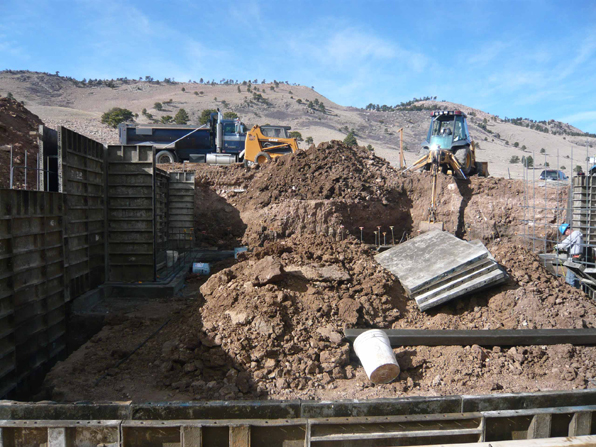What is the fascination with abandoned buildings? There is certainly some attraction to the mystery and faint danger of these places, but I think there are darker forces at work as well.
In abandoned industrial sites, much of mystery of the place has to do with the fearful contrast of the quiet stillness of the place once so vibrant with noise and activity. Of course this is also a confrontation with the humility of realizing that the promise and productivity of an industry or a hospital can be so swiftly displaced with the simple closing of the doors. These places do seem so full of ghosts because so often the signs of human activity, the equipment and architectural elements that were designed to be engaged with the body, are still there, echoing the uses that have long since disappeared. The door knobs and levers, the switches and furniture are all scaled for us, made for us, and are waiting for us to return. I think this has much more to do with why these places attract us than the recognition of them as B-movie horror sets and gory extravaganzas.
Of course there is a whole community of folks out there that explore and photograph these places, known as Urban Explorers or Urbex. Their photos are all over the interwebz and they document more the desolation of these places than their lost grandeur. These folks and their photos are more akin to dystopian novelists than the pioneering work of the early preservationists who documented the abandonment and destruction of these places as a last desperate attempt to pull the handbrake of so-called progress.
For my part, what is so intriguing about especially abandoned houses are the fading signs of seemingly tranquil domesticity decaying with time.
These abandoned houses make you feel small, in the way that walking around an unfamiliar city for the first time does. There is clearly a continuum that you are a part of, that you recognize, but that clearly posits you as just a tiny, maybe unconsequential part of the whole. That is something devastating to the ego and thrillingly liberating, especially for this architect. It is a kind of existentialism laid bare and maybe even exposed in its own self-importance.













